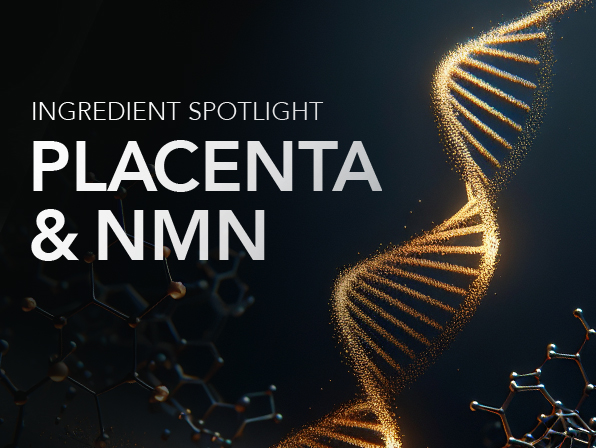Oligomeric proanthocyanidin complexes (OPCs)
Oligomeric proanthocyanidin complexes (OPCs) are a type of flavonoid that cannot be manufactured synthetically. They are known for their powerful antioxidative benefits that are 50 times stronger than Vitamin E and 20 times stronger than Vitamin C.
It has been scientifically proven that OPCs are an active agent for the strengthening of the cardiovascular system. They strengthen blood vessel health and function, keeping them flexible and strong so that oxygen and nutrients flow throughout the body. At the same time, this helps ensure that waste material and CO2 can flow harmlessly out of the bloodstream and body. OPCs also inhibit enzymes that breakdown collagen, stabilise vitamin C (the building block of collagen), helping to maintain collagen levels. By maintaining collagen levels, our blood vessel system is also well supported. OPCs can be found in grape's skin and seed, wine, berries and pine bark, which are not commonly taken on a daily basis.
Known as the discoverer of OPCs, Professor Jack Masquelier was the first person to have identified and isolated OPCs in 1948. He was able to harness the power of specific OPCs to deliver powerful antioxidant protection and support overall vascular health. Through his research, he developed a breakthrough ingredient - Masquelier's® Original OPCs; the world's first, widely researched and scientifically proven OPC that combines a unique and rich complex of OPCs and essential phytonutrients.
Stay Inspired with Health Trends

7 Secrets You Need To Stop Hiding From Your Health Advisor!

Movember Reminder – Let’s Talk Men’s Health👨🏻🦱🩺

Is Your 9-to-6 Weakening Your Bones? Here’s How To Fight Back!

Sedentary Lifestyle: The Hidden Hazard to Your Health

🏓Power Up Your Pickleball Game

Your Desk Could Be Dirtier Than A Toilet Seat 🦠

Weight Management at Work (that does not require eating salads 🥗)

The Bitter Side of Sweet: Sugar Speeds Up Ageing & Slows You Down at Work

Keep An Eye On It – Protect Your 👀 In The Digital Age

Is Your Child Driving You Crazy? Here Are 7 Supplements To Help You Stay Calm and Sane.

🌸 Happy Mother's Day

Ingredient Spotlight: Placenta and NMN

What is Revenge Sleeping Procrastination?

8 Tips For Building Mental Resilience In Your Child

7 Amazing Facts About Women

How Burned Out Are You?
